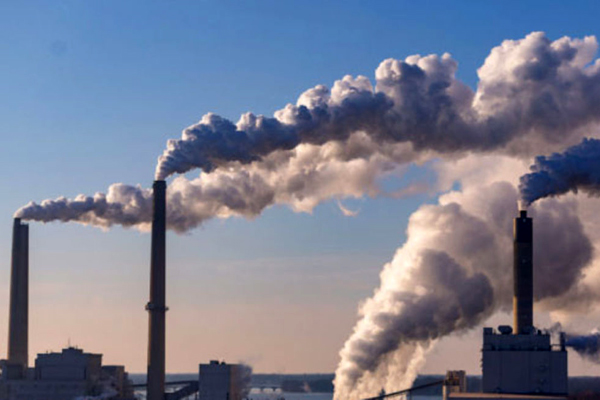Uganda fights global warming with bamboo
Sunday November 14 2021
Uganda plans to use bamboo to rehabilitate degraded land. FILE PHOTO | COURTESY
Uganda is ramping up bamboo planting as one of its strategies for mitigating climate change. The country's forest restoration programme targets at least 2.5 million hectares, 15 percent of which is to be dedicated to bamboo. Bamboo is good at absorbing carbon dioxide – one of the greenhouse gases warming the planet.
“Bamboo is the best crop at absorbing carbon dioxide and it grows very fast and continuously replicates itself,” said Flavia Nabugere, general secretary of the Uganda Bamboo Association, which brings together 370 bamboo farmers from across the country.
According to the Uganda National Bamboo Strategy and Action Plan, the government aims to use bamboo in rehabilitating 375,000 hectares of degraded land by 2029 at a cost of Ush162.6 billion ($45.8 million) to protect the environment and provide income to rural communities.
Emphasis has been put on areas with fragile ecosystems, such as mountain slopes, lakeshores, riverbanks and wetlands because bamboo is highly effective at controlling soil erosion.
Bamboo is an affordable building material used in the construction of cowsheds, piggeries and poultry housing. It is also used to make furniture, cloth, paper, water pipes and carpets, and it’s shoots are a source of food.
Because more than 80 per cent of Uganda’s population depends on biomass for fuel — which endangers the country’s forest cover — bamboo is handy as a source of firewood and charcoal.
Currently bamboo covers more than 54,000 hectares of land nationwide and 40,000 bamboo seedlings are distributed by Uganda's National Forestry Authority each year.
Nabugere says the Uganda Bamboo Association owns an estimated 400 hectares of bamboo plantations.
“Firewood and charcoal are the key necessities of life for rural communities,” Ms Nabugere said.
